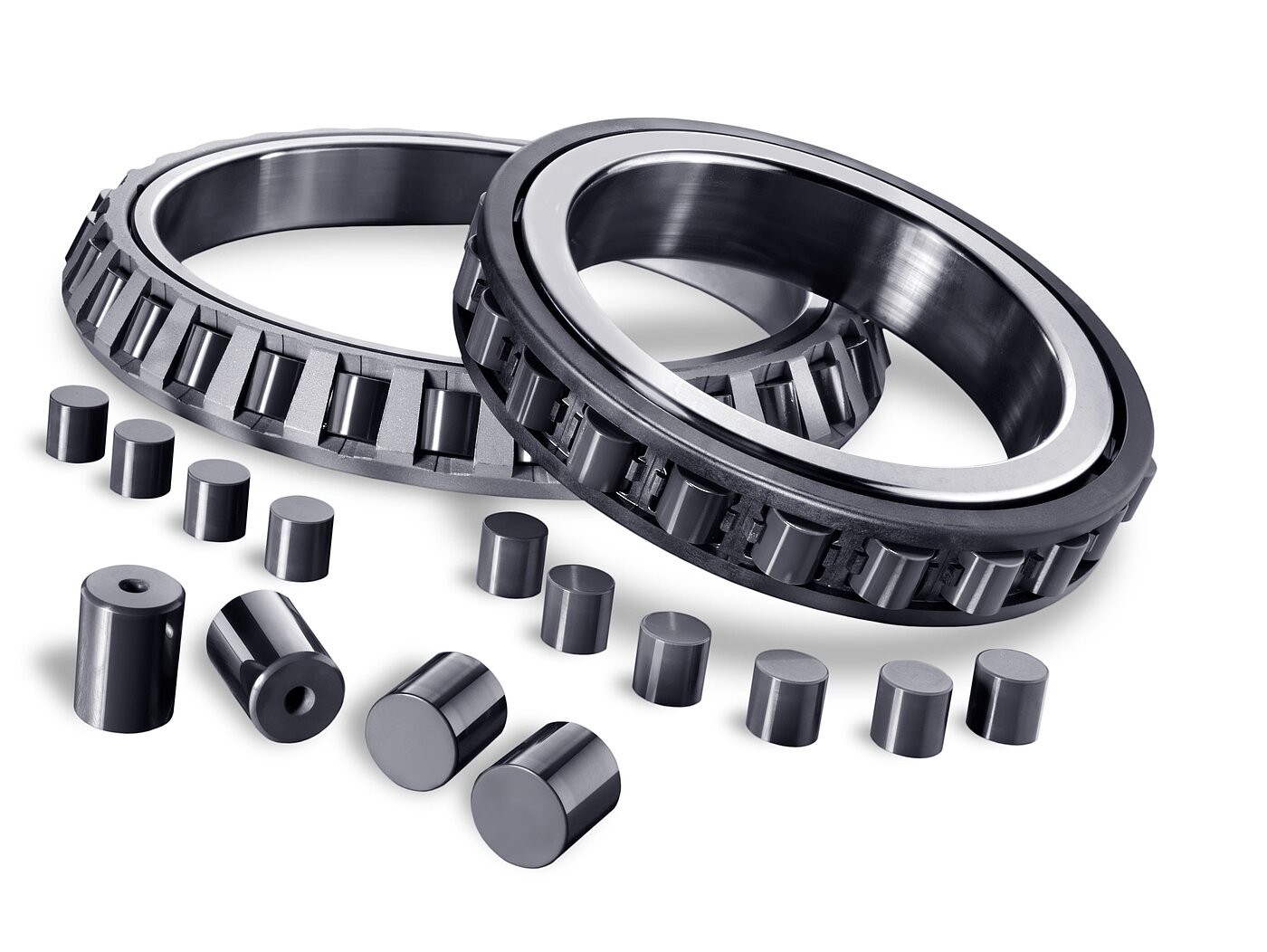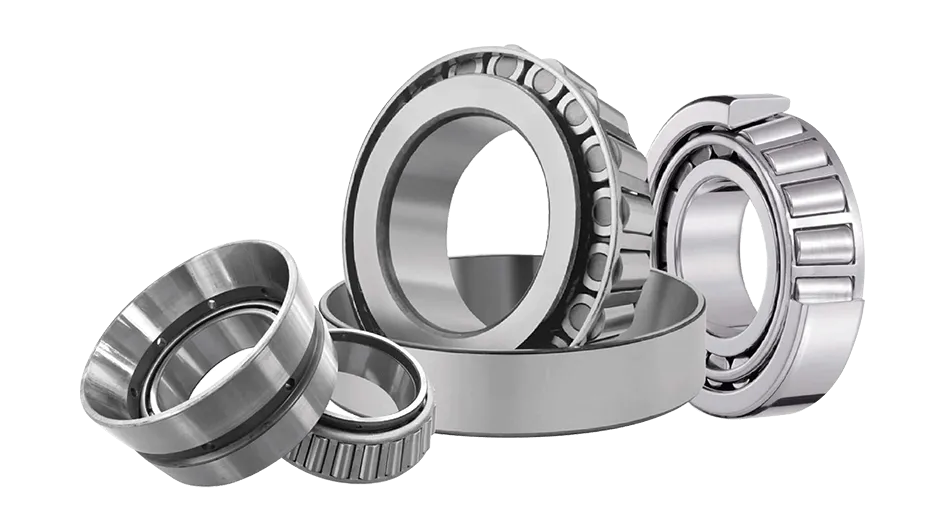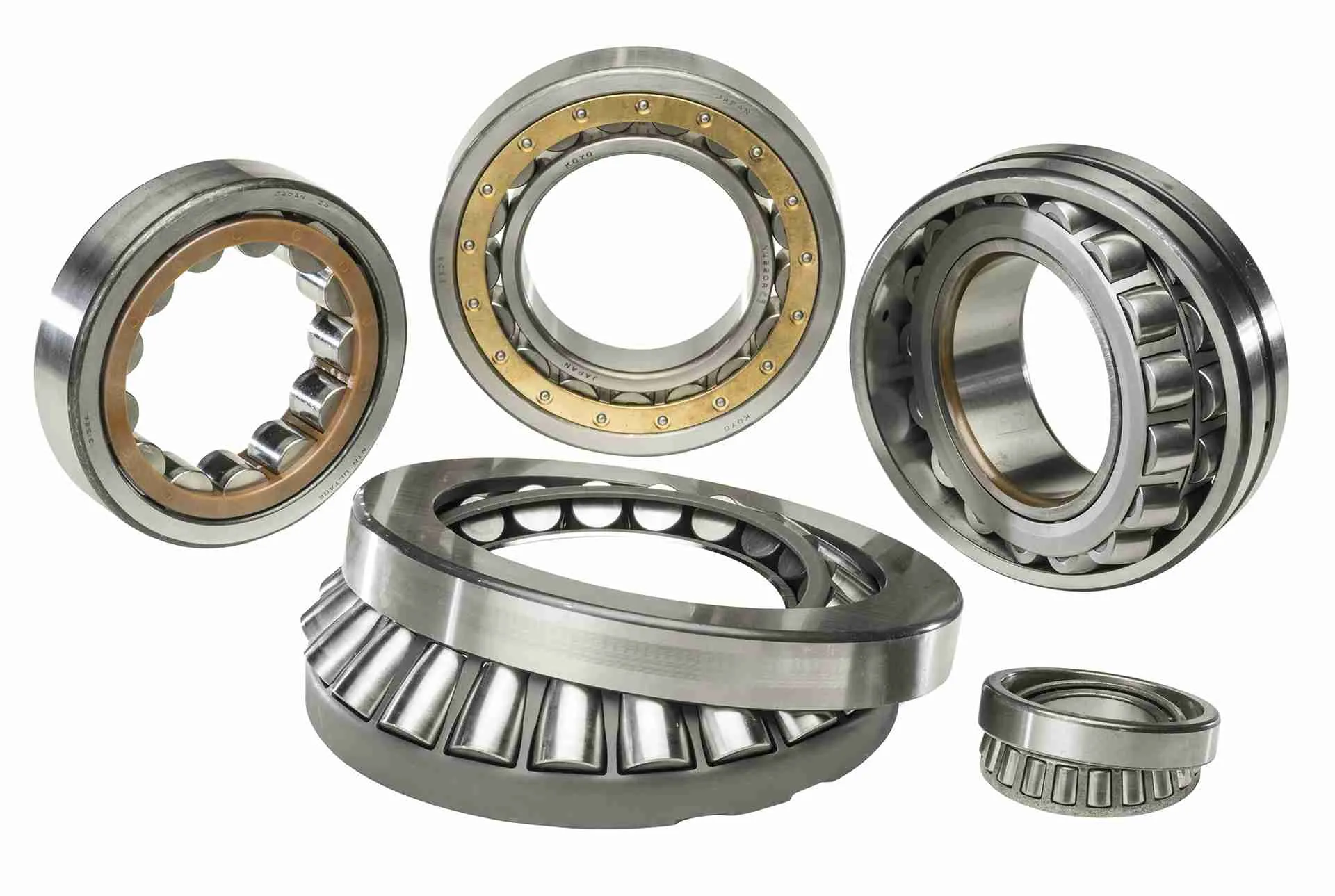Product Description
online bearing flange skate spherical roller CZPT pulley bearings engine wheel hub cylindrical angular contact ball angular contact sliding elastomeric
Application of pulley bearings
Pulley bearings are used to support the weight of a pulley and to allow it to rotate smoothly. They are typically made of a metal or plastic material and are designed to withstand the forces that are applied to the pulley.
Pulley bearings are used in a variety of applications, including:
- Conveyor belts: Pulley bearings are used in conveyor belts to support the weight of the belt and to allow it to rotate smoothly.
- Elevators: Pulley bearings are used in elevators to support the weight of the elevator car and to allow it to rotate smoothly.
- Wind turbines: Pulley bearings are used in wind turbines to support the weight of the turbine blades and to allow them to rotate smoothly.
- Machine tools: Pulley bearings are used in machine tools to support the weight of the cutting tools and to allow them to rotate smoothly.
- Other applications: Pulley bearings are used in a variety of other applications, such as power transmission, robotics, and manufacturing.
Pulley bearings are an essential part of many machines and devices. They help to improve efficiency, safety, and durability.
Here are some of the benefits of using pulley bearings:
- Reduced friction: Pulley bearings reduce friction between the pulley and the shaft, which helps to improve efficiency.
- Reduced wear and tear: Pulley bearings help to reduce wear and tear on the pulley and the shaft, which can extend the life of the equipment.
- Improved noise reduction: Pulley bearings help to reduce noise caused by friction between the pulley and the shaft.
- Improved vibration reduction: Pulley bearings help to reduce vibration caused by friction between the pulley and the shaft.
Overall, pulley bearings are a valuable tool that can help to improve the performance and reliability of machines and devices.
/* January 22, 2571 19:08:37 */!function(){function s(e,r){var a,o={};try{e&&e.split(“,”).forEach(function(e,t){e&&(a=e.match(/(.*?):(.*)$/))&&1
| Rolling Body: | Roller Bearings |
|---|---|
| The Number of Rows: | Single |
| Outer Dimension: | Small and Medium-Sized (60-115mm) |
| Material: | Bearing Steel |
| Spherical: | Aligning Bearings |
| Load Direction: | Axial Bearing |
| Samples: |
US$ 9999/Piece
1 Piece(Min.Order) | |
|---|

Are there specific industries or applications where rolling contact bearings are frequently used?
Rolling contact bearings find extensive use in various industries and applications due to their versatility, load-carrying capacity, and efficiency. Here’s a detailed explanation of some specific industries and applications where rolling contact bearings are frequently employed:
- Automotive Industry:
The automotive industry extensively utilizes rolling contact bearings in various components and systems. These bearings are found in engines, transmissions, wheel hubs, suspension systems, steering columns, and different drivetrain components. In the automotive sector, rolling contact bearings provide reliable support for rotating shafts, facilitate smooth wheel rotation, and contribute to overall vehicle performance and safety.
- Aerospace Industry:
Rolling contact bearings play a critical role in the aerospace industry, where they are used in aircraft engines, landing gear systems, control surfaces, and various other applications. These bearings provide reliable and precise rotation in demanding aerospace environments, contributing to the safety, efficiency, and performance of aircraft.
- Industrial Machinery:
Rolling contact bearings are widely employed in a broad range of industrial machinery. They are found in machine tools, industrial pumps, compressors, conveyors, printing machines, textile machinery, and many other equipment types. These bearings support the rotating components of machinery, enabling smooth and efficient operation while withstanding heavy loads and high speeds.
- Power Generation:
In the power generation sector, rolling contact bearings are utilized in turbines, generators, wind turbines, and other power generation equipment. These bearings withstand the rotational forces and high temperatures associated with power generation, contributing to the efficient conversion of mechanical energy into electrical energy.
- Mining and Construction:
Rolling contact bearings are widely used in mining and construction equipment, such as crushers, conveyors, excavators, and bulldozers. These bearings are designed to handle heavy loads, shock loads, and harsh operating conditions commonly encountered in mining and construction applications.
- Railway Industry:
In the railway industry, rolling contact bearings are utilized in locomotives, passenger trains, freight cars, and rail infrastructure. These bearings support the axles, wheels, and other rotating components of railway systems, ensuring smooth and reliable operation while withstanding the dynamic forces and heavy loads associated with rail transportation.
- Wind Energy:
The wind energy sector relies on rolling contact bearings in wind turbines. These bearings support the rotor shaft, allowing efficient rotation of the turbine blades to convert wind energy into electrical power. Rolling contact bearings in wind turbines are subjected to high axial and radial loads, as well as challenging environmental conditions.
These are just a few examples of the industries and applications where rolling contact bearings are frequently used. They are also employed in countless other sectors, including marine, agriculture, medical equipment, robotics, and more. The versatility and effectiveness of rolling contact bearings make them an essential component in a wide range of machinery and equipment across various industries.

Can you describe the various types of seals and shields used with rolling contact bearings for contamination prevention?
Various types of seals and shields are used with rolling contact bearings to prevent contamination and protect the bearing internals. Here’s a detailed description of the commonly used seals and shields:
- Contact Seals:
Contact seals, also known as lip seals or radial seals, are designed to provide a barrier against contaminants while maintaining lubricant retention within the bearing. These seals consist of a flexible lip that makes contact with the inner or outer ring of the bearing. The lip is typically made of synthetic rubber or elastomeric material. Contact seals effectively prevent the entry of solid particles, liquids, and other contaminants into the bearing. They are suitable for applications with moderate operating speeds and rotational requirements where the sealing function takes priority over low friction.
- Non-Contact Seals:
Non-contact seals, also known as labyrinth seals or gap seals, create a labyrinthine path that hinders the entry of contaminants into the bearing. These seals do not make physical contact with the bearing rings, resulting in lower friction and reduced heat generation compared to contact seals. Non-contact seals are typically constructed using metallic or non-metallic components with precise geometries to create a tortuous path for contaminants. They are suitable for high-speed applications and environments where low friction and minimal heat generation are important considerations.
- Shields:
Shields, also referred to as metal shields or non-contact shields, provide a physical barrier between the rolling elements and the external environment. Shields are typically made of metal, such as steel, and are attached to the outer ring of the bearing. They cover a portion of the bearing’s circumference, leaving a small gap for the rolling elements to function. Shields offer effective protection against larger particles and prevent the direct contact of contaminants with the rolling elements. However, they do not provide a complete seal, allowing for limited air circulation and lubricant flow within the bearing.
- Hybrid Seals:
Hybrid seals combine the advantages of contact seals and non-contact seals. These seals use a combination of contacting and non-contacting elements to provide enhanced protection against contamination. Hybrid seals are designed to reduce friction and heat generation while offering improved sealing performance compared to contact seals. They typically incorporate a non-contacting labyrinth or gap seal with additional contact elements, such as lip seals or brush seals, to provide a more effective barrier against contaminants.
- Ingress Protection (IP) Ratings:
In addition to the specific seal and shield types, rolling contact bearings may also be assigned Ingress Protection (IP) ratings. IP ratings indicate the level of protection provided against solid particles, such as dust and dirt, as well as liquids, such as water and oil. The IP rating is typically represented by a two-digit number, where the first digit represents the level of protection against solid particles, and the second digit represents the level of protection against liquids. Higher IP ratings indicate greater protection against contaminants.
The selection of the appropriate seal or shield type depends on various factors, including the application requirements, operating conditions, contamination risks, and desired friction characteristics. Manufacturers typically provide information on the recommended sealing options for their bearing products, considering the specific application needs and environmental conditions.

What are the common types of rolling contact bearings, such as ball bearings or roller bearings?
Rolling contact bearings are available in various types, each designed to accommodate specific load capacities, speeds, and application requirements. The most common types of rolling contact bearings include ball bearings and roller bearings. Here’s a detailed explanation of these common types:
- Ball Bearings:
Ball bearings are the most widely used type of rolling contact bearings. They consist of one or more rows of balls placed between two rings—an inner ring and an outer ring. The balls roll along the raceways formed on the rings, enabling smooth and low-friction rotation. Ball bearings are known for their high rotational speeds, low starting torque, and relatively low load capacity compared to roller bearings.
There are several variations within the category of ball bearings, including:
- Deep Groove Ball Bearings: These ball bearings have deep raceway grooves, allowing them to accommodate both radial and axial loads. They are commonly used in applications such as electric motors, appliances, and automotive components.
- Angular Contact Ball Bearings: Angular contact ball bearings can handle both radial and axial loads. They have an angled contact surface between the balls and the raceways, enabling them to support higher axial loads and facilitate combined radial and axial movements. These bearings are often used in machine tools, pumps, and gearboxes.
- Thrust Ball Bearings: Thrust ball bearings are designed to support axial loads in a single direction. They consist of two rings with a set of balls sandwiched between them. Thrust ball bearings are commonly used in applications such as automotive transmissions and steering systems.
- Roller Bearings:
Roller bearings, as the name implies, utilize cylindrical or tapered rollers instead of balls to facilitate motion. Roller bearings are capable of handling higher loads and are often used in heavy-duty applications. The common types of roller bearings include:
- Cylindrical Roller Bearings: Cylindrical roller bearings feature cylindrical rollers that provide a large contact area with the raceways. They can accommodate high radial loads and moderate axial loads. Cylindrical roller bearings are commonly used in applications such as machine tool spindles, electric motors, and gearboxes.
- Tapered Roller Bearings: Tapered roller bearings consist of tapered rollers and inner and outer rings with tapered raceways. They can support both radial and axial loads in a single direction. Tapered roller bearings are commonly used in automotive wheel bearings, heavy machinery, and construction equipment.
- Spherical Roller Bearings: Spherical roller bearings have barrel-shaped rollers and two raceways on the inner and outer rings that are inclined relative to the bearing axis. This design allows them to accommodate misalignment and axial displacement. Spherical roller bearings are commonly used in applications with heavy loads, such as mining equipment, paper mills, and crushers.
- Needle Roller Bearings: Needle roller bearings use long, thin rollers that have a high length-to-diameter ratio. They are suitable for applications with limited radial space and high load capacity. Needle roller bearings are commonly used in automotive transmissions, industrial gearboxes, and motorcycle engines.
These are some of the common types of rolling contact bearings, including ball bearings and roller bearings. Each type has its own advantages and is suitable for specific applications based on factors such as load requirements, speed, and space limitations.


editor by CX 2024-04-24